Occasional bits and pieces…
Newest at the top.
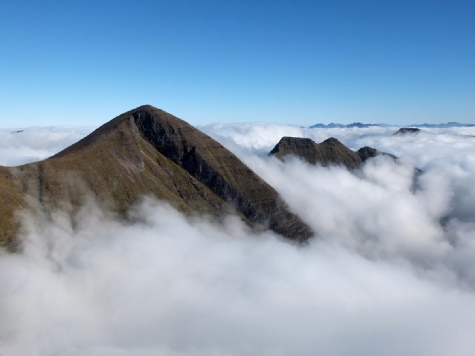
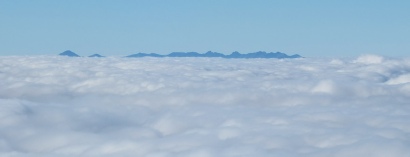
An amazing day on Beinn Alligin recently: the fog rose behind me as I climbed, and broke up as I finally descended.
On the left is the summit pyramid with the Black Notch, and beyond it the three Horns.
Below is the Skye Cuillin.
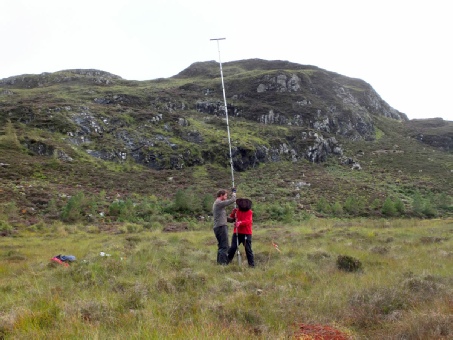
Taking cores from the glen behind my house, An Achlais. The soft peat turned out to be over 4 metres deep. The core should tell us about the botanical history of the area and what the roundhouse-
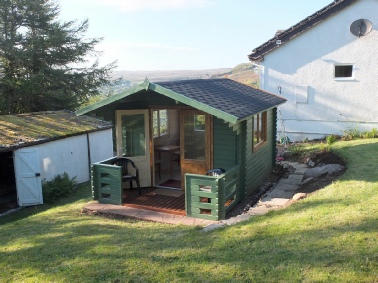
How to fill an odd rectangular patio in the garden: a new log cabin for sitting (or sleeping) out of doors (sort of).
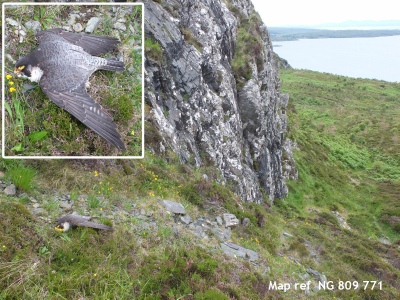
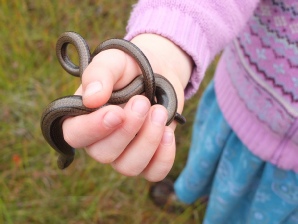
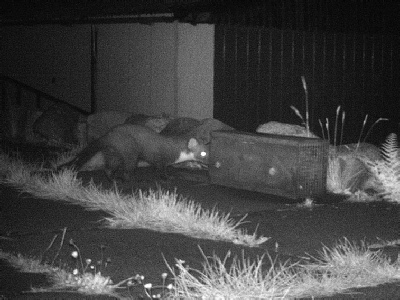
Recent wildlife encounters
A dead young Sparrowhawk: the cause of death was invisible -
A knot-
Trap camera picture of “my” Pine Marten investigating a trap. PM DNA was being analysed, and to get DNA a hair-
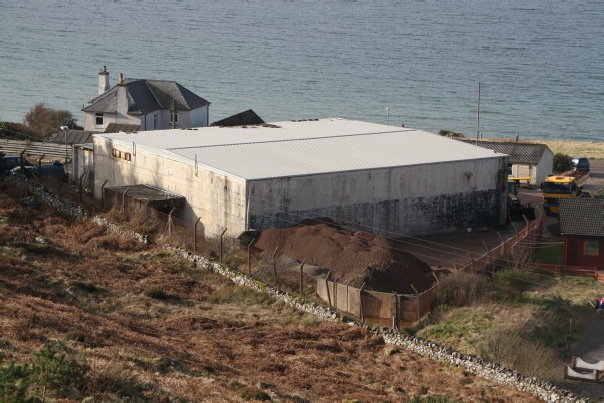
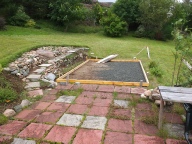
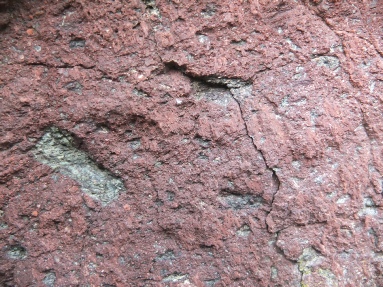
Exciting news about one of the layers of the Torridonian Sandstone! The so-
The meteorite theory has now won. An Australian / St Andrews University team has found in it a mineral called Reidite. This had been found before in three places (in the USA, Germany and China) at large meteorite craters; the oldest was 450 million years. The mineral is a form of Zircon which has been subjected to very high temperature and pressure (like a diamond) and compressed slightly. It has now been realised that it can be used as evidence of a large meteorite.
So we now have here by far the oldest Reidite in the world, and the earliest known large meteorite in the world. This sandstone was part of the “splash” of the collision.
The Torridonian already has the oldest terrestrial eukaryotes in the world… So what next?
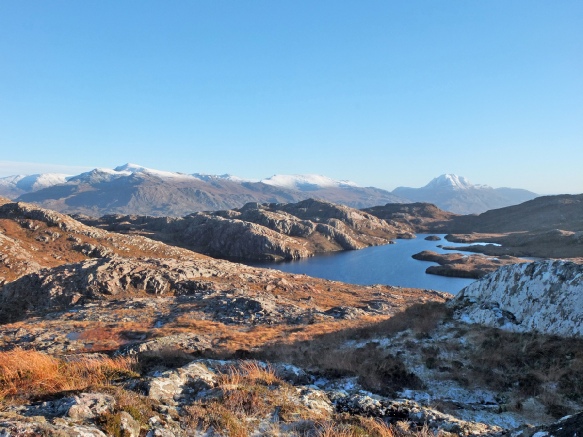
2015 was a remarkably wet, windy and cloudy year in general; 2016 has started better. I’ve been exploring more of the A832-
My GPS said that the drop is 54m, but this needs checking. The hill has a spot height of 369m on the OS map, but no name. I have adopted the name of the loch seen here (Loch na Feithe Mugaig, a name which makes no sense in Gaelic!). So it is Meall na Feithe Mugaig.
See the full table of Minis on the Hills -
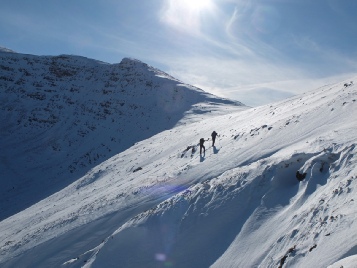
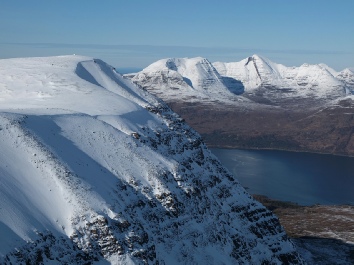
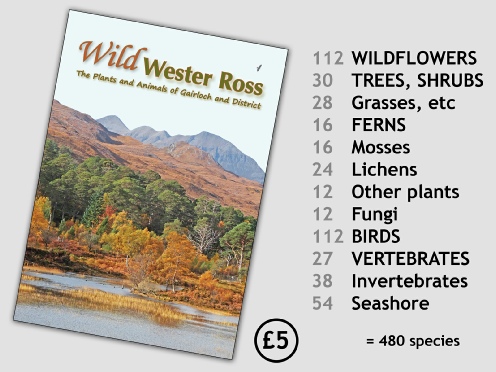
Publication in March 2016 of my latest Guide Booklet: “Wild Wester Ross”. It has been an exciting and absorbing winter activity to plan it, develop the lists of species covered, lay out the 40 pages, and find photographs (275 out of 480 are mine, the rest from friendly websites and local experts). The 40 page limit is the maximum at printed.com for saddle-
Thanks for their help to: Barry Blake (birds and insects), Peter Cunningham (seashore and inspiring wildlife walks), Duncan Donald (plant lists), James Fenton (mosses and general checking), Bruce Ing (fungi); plus Steven Round (bird photographs).
The most accessible outcrop of Stac Fada rock in the area is on the shore below the bird hide at Inverewe Garden. Unfortunately it is well lichened, but it could make an interesting feature for visitors.
A good day on Beinn Damh (27.2.16) with more snow than is usual these days. The hill was covered in hare tracks, plus one fox. Climbed in wellies (Nokian, with metal spikes: highly recommended).

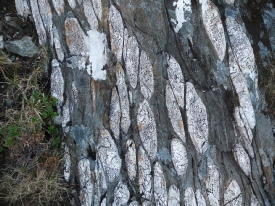
On a walk over Beinn Lair and Meall Mheinnidh in May I came across some of the weirdest rock in the area, on the end of the former hill (left) and the top of the latter (right). It is Anorthosite, an intrusive rock made of 90% plagioclase feldspar. Here it appears to have bubbled up through the amphibolite to form elongated lens shapes.
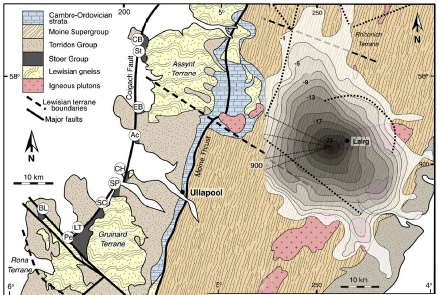
There’s a new and very convincing theory about the Stac Fada sandstone which is found at points down the west coast from Stoer to Poolewe. It is known to be the debris splashed up when a giant meteor hit 1.1 billion years ago: see below. The meteor was thought to have hit in what is now the Minch and under the sea. But Michael Simms has made a good case for its landing near Lairg in Sutherland; his evidence is a “gravity low” which matches the shape and size of a crater made by a huge meteor. The debris is only exposed along the coast because elsewhere it has been covered by later rocks or eroded away; faulting along the coast has exposed it.
An ambition was fulfilled in fine June weather when I bivouacked overnight on the summit of my favourite mountain, Liathach. This involved setting off at 3.30pm from the Coire Dubh car park, climbing the east end, following the ridge to its very end at Coire Mhic Nobuil, and returning by the path round the north of the hill.
I reckon there is only space for one bivouacker: one quartzite boulder with a flat area big enough. The sun set in the sea beyond Baosbheinn at 10.20pm, and rose beside Beinn Klibreck at 4.20am (that’s 100km away in Caithness). It was a still clear night, never really dark.
A Ring Ousel called all night; a Red Deer roared in the morning, several months too early; various bugs and butterflies settled on the summit rocks, presumably wafted up by convection. It felt strange to be the only person on this great hill, not only overnight but for much of the next morning’s walking.
It was good to see the pinnacles sunlit: being north-
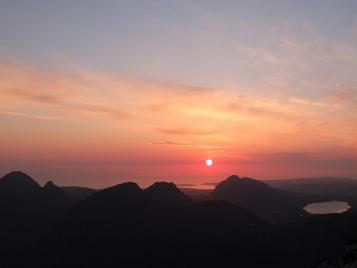
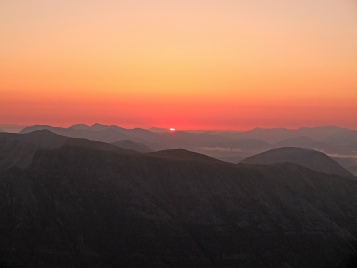
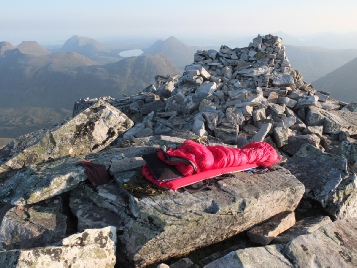
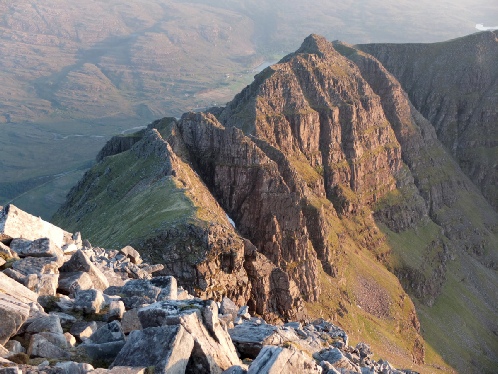
2017 sees the publication of what may be the last in my series of booklets: a history of the area. It starts with a brief summary of the geology and then the prehistory (see the Archaeology page). Picts, Christians and Vikings come next, followed by the start of the clans. MacBeaths and then MacLeods (both of Viking descent) occupied the area, but the clan which finally took over was the Mackenzies, and from 1494 they were the Lairds of Gairloch. They were a junior branch of the Mackenzies of Kintail who in due course became the Earls of Seaforth and claimed most of Ross-
A major source for the story was, of course, Dixon’s “Gairloch”, the extraordinary guide published in 1886. Other sources included the museum archives, local people, and a remarkable recently discovered minute book of the Roads Committee which started work in 1807.
The cover shows the wonderful Blaeu map of 1654, by permission of the National Library of Scotland. If you know the area, it repays careful study: the names and the mapping are delightfully inaccurate, but still a great advance on earlier maps.
A low-
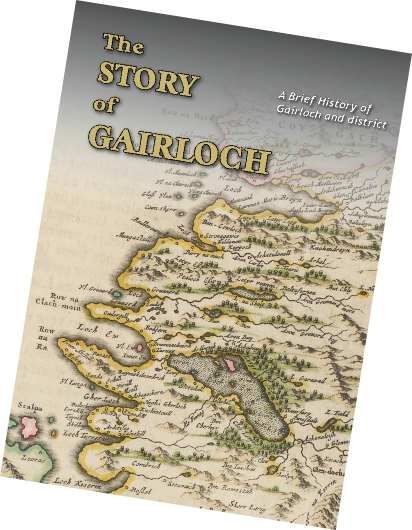
A new project this summer, 2017. I have always enjoyed a bivouac on top of a hill, but have only managed it on three hills in this area, including Liathach (see below). Now I hope to spend a night on each of the significant local hills, and this summer have managed so far (at mid-
Can you identify the hills from these pictures?
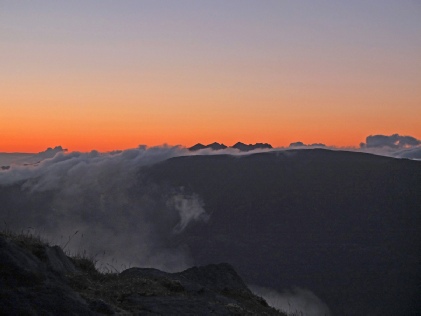
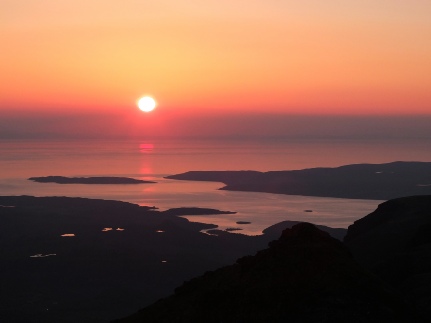
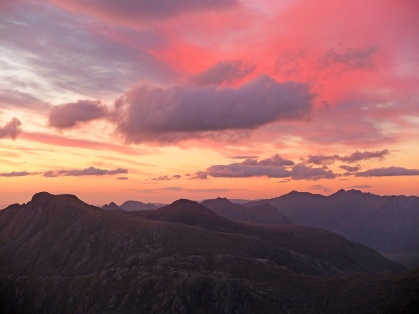
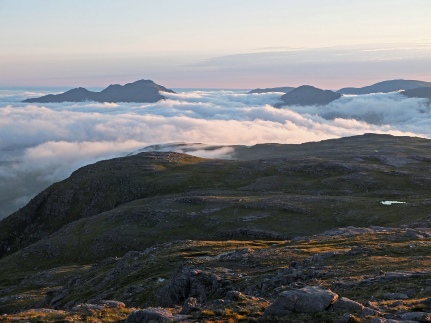
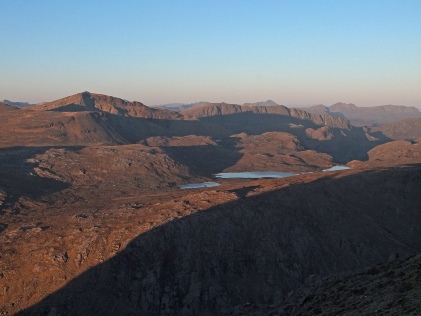
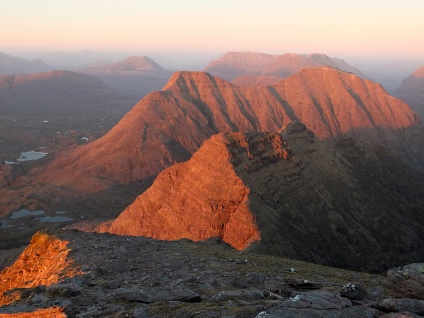
Story of Gairloch was not the last booklet after all. I’d forgotten about the Hills of Wester Ross, the one subject I already knew something about. This booklet appeared in 2018. And in 2018 I completed my overnight summits in the Torridons with Beinn Dearg, Beinn an Eoin and Beinn Eighe, plus Sail Mhor.
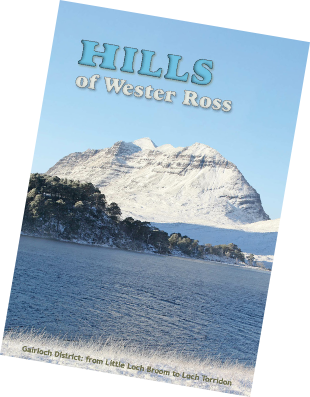
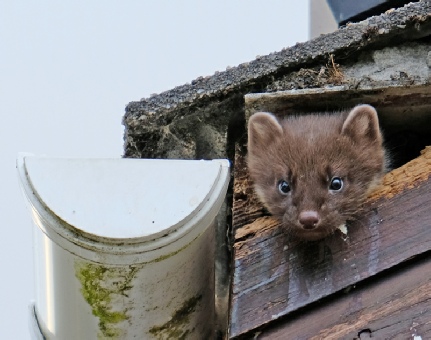
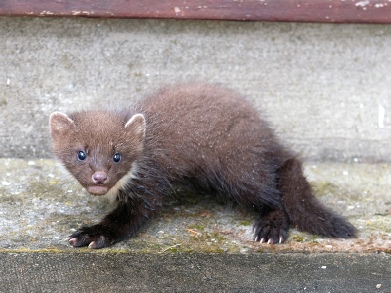
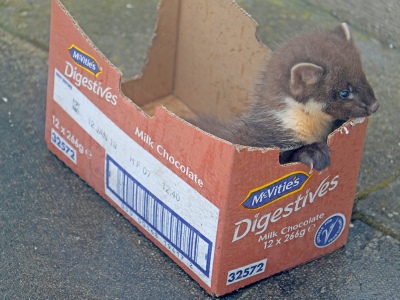

In the Spring of 2018 a Pine Marten (right) made her den in my attic, and produced three kits. One of them fell to the ground and turned up on my doorstep, apparently trying to find its way back into the attic. I gave it a box to sleep in, but it was soon torn to pieces. Next morning the mother retrieved her kit, and several days later they had all left.
You can read the whole story by downloading this file.
Pine Marten Postscript. In 2019 she was back, finding the one weak point in the roof and enlarging it. Judging by the noise there were four kits this year, and they were not as well disciplined as the 2018 family: there was more of a mess in the attic afterwards. After a major upgrade the roof is now really PM-
2018 and 2019 were largely taken up with Museum and related business: developing the Natural History section, including a major Geology display, and a series of displays on different local environments and their wildlife. Much discussion, disagreement, compromise, agreement… For the Geology section the huge panoramic photograph was taken from high above Loch Maree below Meall a’ Ghiubhais, after a night there in a tent: nine vertical pictures joined together in Photoshop. Other elements are a rock-
Also some of the Archaeology section, including a diorama based on my old roundhouse model. And alongside this I redeveloped the Archaeology Trail, which now starts at the back of the Museum: there are now 28 numbered posts, with a map or a new guidebook (‘Above Achtercairn’, replacing the former ‘Achtercairn Paths’). I cleared the invisible Roundhouse Ten, which is just up the hill above the Museum: it turns out to be half a roundhouse, the other half having slipped down the slope; there are two shieling huts, one in the middle and the other down the slope; and the old Poolewe road passes across its top. A roundhouse ruined/recycled in three distinct ways.
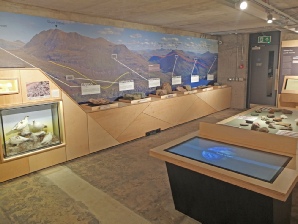
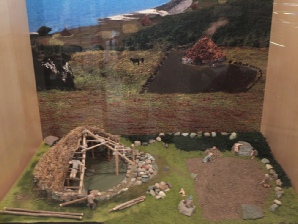
In June 2019 a party of four (plus a dog) managed the first walk round all ten Minis (300 metre hills) in the area between Gairloch and Loch Maree (which might be named the Little Wilderness). It took us twelve hours, at the usual average of 1 mph in this rough area, plus stops on each top. A wonderful walk through constantly varying scenery and over remarkably rocky little hills.
A report on the walk plus a map can be downloaded below.
The AAOR (Anti-
Believe it or not, this monstrous Cold War concrete bunker is to be our new Museum. The hope is that by Spring 2019 it will have been transformed into a spacious and attractive community heritage centre, with the Museum displays on the upper floor. It may look ugly as it is (a council roads depot), but in many ways it is perfect for our needs.
We are now looking for funding. Heritage Lottery Fund is supporting the project, but we need to double their money. The ambition is to create the best Museum in the West Highlands.

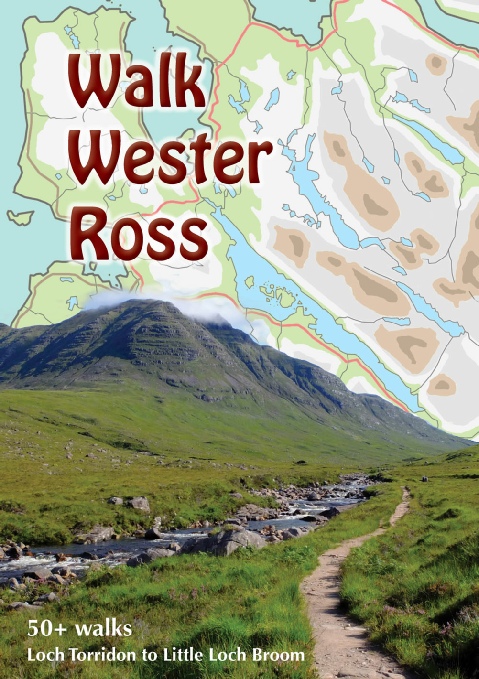
Booklet number 8 appeared in 2019. Walk Wester Ross contains descriptions of 50+ walks, from Shieldaig (Loch Torridon) to Dundonnell.
A low-
That will surely be the last of the series? From 2012 to 2019 one booklet has appeared each year, and total sales have been 7250 copies. The biggest seller, of course, has been the general Gairloch Guide (2010 copies; next comes Wester Ross Rocks (1453 copies).
The price has always been £4 each. P produce them with Adobe’s InDesign plus Photoshop; they are printed by the excellent online printers printed.com.
2020 brought the coronavirus, Covid-